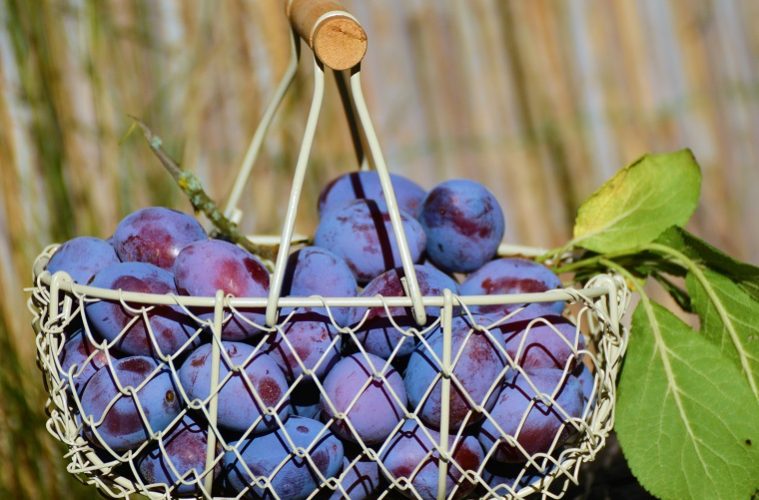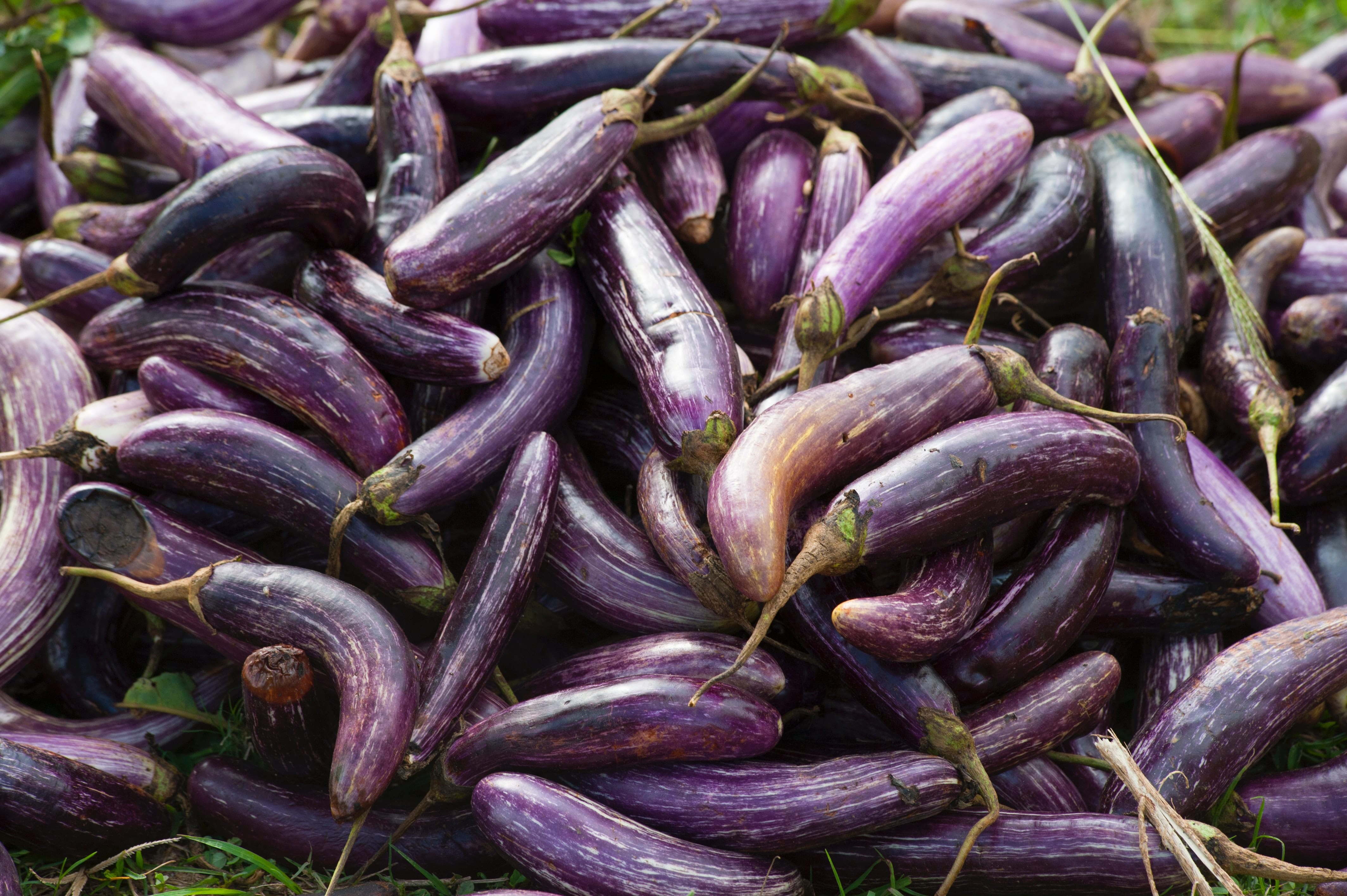Purple Foods | Back in 2003, the UK government launched its 5 A Day campaign, encouraging the British public to up its fruit and veg intake to at least five portions daily. Eating a range of different coloured fruit and vegetables provides the widest range of health benefits, and generally, the more colourful it is, the more nutrients and antioxidants it provides.
Pantone’s 2018 Colour of the Year is Ultra Violet and this is leading the way to a purple food revolution.
Purple foods contain anthocyanins, antioxidants that protect against free radical cell damage, and provide the purple, blue and red hue to the food. Confusingly, not all purple foods and purple in colour – reds and blue are also considered part of the range – so here’s a reference list of the foods that are part of the 2018 food trend, the colour purple.
Fruit
It’s easy to pick purple fruit by colour: grapes, figs, plums and raisins are easily identifiable. Passion fruit and black or blueberries also count, as do cranberries, elderberries and bilberries.
Blue and red fruits, such as cherries and pomegranates are also considered part of the range of colours included in the family of purple foods and are all rich in disease-fighting anthocyanins.
The mighty acai berry, a naturally purple/blue superfruit, is packed with antioxidants as well as being rich in fibre, carbohydrate, protein, vitamins A, B, C and E, and mineral salts.
Purple foods contain an antioxidant called anthocyanin. Research has linked anthocyanins to increased longevity. Blueberries, dark grapes, purple sweet potato, and beets (and red wine!) are all high in this purple powerhouse. pic.twitter.com/IaLDuFDsJ1
— Blue Zones (@BlueZones) June 17, 2018
Vegetables
Aubergine, or eggplant as it’s also known, is the most familiar purple vegetable, but there are many others that have this colourful hue. Familiar vegetables have purple variations: carrots, cabbage, onions, kale, asparagus and broccoli included, and it’s now possible to find purple-fleshed potatoes, purple peppers and even purple olives.
Beetroot is a nutritional powerhouse packed with vitamins and minerals and red cabbage is full of antioxidants as well as dietary fibre. Purple yams are a mainstay of Filipino cuisine, and the Ube, which can be used in sweet or savoury dishes, is rich in fibre and contains virtually no fat!
Purple cauliflower is rich in Vitamin C, with half a cup of florets providing almost half the recommended daily allowance, as well as fibre, calcium and potassium.
Much of the colour bleeds out during the cooking process, so steam vegetables lightly to ensure your plate is as colourful as nature intended.
Other sources
Purple corn, which is common in Peru and a rich source of six anthocyanin antioxidants, is used to make purple corn flour. Purple rice and purple wheat grains are native to East Africa where the wheat is used in breads and baked goods. Belgian endive, purple basil and edible violets are not just ways to brighten your plate – they’re garnishes with benefits, and sources of antioxidants too.
For centuries, the colour purple has been associated with royalty. These purple foodstuffs can provide health benefits to everyone, and ensure your plate is fit for a king.




